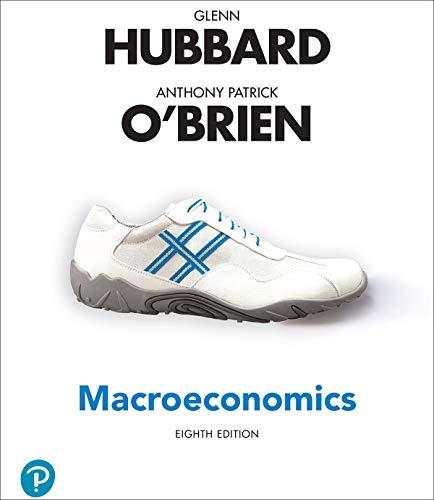In 2019, the Metropolitann Transportation Authority (MTA) in New York City raised the price of a monthly
Question:
In 2019, the Metropolitann Transportation Authority (MTA) in New York City raised the price of a monthly subway pass from $121 to $127. According to an article in the New York Times, “Transit leaders say they need billions of dollars to tackle huge budget deficits and to pay for critical repairs.”
a. In order for the MTA’s strategy for covering its rising costs to be successful, what must be true about the price elasticity of demand for subway passes?
b. Suppose that the MTA’s strategy in (a) doesn’t succeed. What then must be true about the price elasticity of demand for subway passes? Draw a graph showing (1) the demand curve for subway passes, assuming that the MTA’s strategy succeeds, and (2) the demand curve for subway passes, assuming that the strategy fails. For each demand curve, your graph should indicate the areas representing the revenue the MTA receives following the price increase.
Step by Step Answer:






